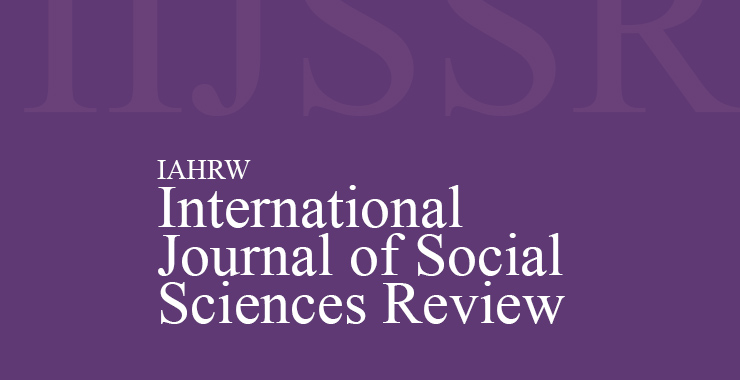Impact of Ethnic Prejudice on Perceived Proximal Interpersonal Relationship: A Mixed Method Approach
Original price was: ₹ 201.00.₹ 200.00Current price is: ₹ 200.00.
Page: 184-191
Kaustav Manna, Sumita Palit, Mouma Nag, Atanu Kumar Dogra, and Pritha Mukhopadhyay (Department of Psychology, University of Calcutta, Kolkata)
Description
Page: 184-191
Kaustav Manna, Sumita Palit, Mouma Nag, Atanu Kumar Dogra, and Pritha Mukhopadhyay (Department of Psychology, University of Calcutta, Kolkata)
India is a multicultural society which is inhabited by a diverse population with multitudes of castes and religions, languages, cultures, and racial groups. Ethnic identities in India are apprehensive of being assimilated into the dominant culture leading to the dilution of their cultural heritage. Hence, there is an increase in horizontal solidarity that makes the in-group members more resistant to acknowledge and accept out-group members. The present study follows a convergent parallel mixed method design to examine the impact of ethnic prejudice towards diverse linguistic groups amongst male and female young adults. A sample of 30 participants (m =15, f =15) between the age range of 18 and 25 years, Bengalee, and residing in Kolkata, were selected. Participants responded to a survey using the social distance scale. Then, a semi-structured interview was conducted. Chi-Square test was carried out to test the association between ethnic prejudice towards linguistic groups and the desire to engage in a proximal interpersonal relationship. Additionally, Phi-Coefficient assessed the strength of the association. Further, thematic analysis was carried out to analyse qualitative data. Results indicate a significant association between ethnic prejudice and proximal interpersonal relationships. The Punjabi linguistic group was most favourably appraised followed by Assamese, Marathi, Odia, and Telugu. However, the Bhojpuri linguistic group was least favourably appraised. The qualitative findings revealed the decision to accept or reject ethnic groups in proximal interpersonal relationship was dependent on perceived beauty, perceived traits and perceived similarity of the ethnic groups. The preconceived notions of beauty, trait and similarity that the participants hold for the ethnic groups moderate their evaluation of each group member in determining their level of engagement

